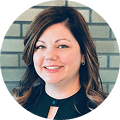
The State of
Clinical
Leadership
in Senior Living
"Our biggest challenge is overlapping priorities around clinical excellence, hospitality, and wellness in care settings that have traditionally adhered to a medical model."
"We need better resident risk data to drive early interventions and prevent hospitalizations."
"The most impactful change we’ve made is reframing clinical care through a proactive wellness lens."
"Clinical services have changed over the past 5-10 years and we need to keep up. Residents are more acute, families are more demanding and educated, regulations have increased, census pressure is greater than ever, and managing risk is more demanding."
Resident acuity is simultaneously rising and underreported
Resident acuity has increased in nearly three-quarters of communities in the last five years
Somewhat (50%)
Significantly (24%)
At the same time, nearly two-thirds of respondents believe that resident acuity is underreported
Occasionally (35%)
Frequently (28%)

In comparing two similar communities, our team found that more frequent assessments lead to....
- Better alignment between care plans and actual care delivered
- Proactive interventions and fewer incidents
- $700/month increase in care revenue per resident, or $8,400 annually
Needing to have conversations with families is likely one reason for intentional underscoring. Nurses aren’t equipped to have financial conversations [related to care rates] and shouldn’t be part of a nursing responsibility. They should be there as back-up for the Exec Director, but they shouldn't own that conversation.
In communities where acuity is underreported, late assessments and intentionally under-scored assessments are largely to blame…
Assessments are
not updated on time
Intentionally under-scoring
of assessments by staff
to manage care rates
PRN care services
are provided but are not
triggering reassessments
Technology or
system limitations
Training or knowledge gaps
Operational
staffing constraints
Assessments take too long
to complete
Limited visibility into
resident condition changes
between assessments

One picture of the future is that technology knows what residents are doing all day and gets better at knowing all that, so we get to a point where this is passive. Instead of a nurse having to look at a resident and enter information into an EHR, the technology just says, ‘We’re spending X amount of time with this resident, on average, and this is how much it costs.
Evolving staffing to align with resident acuity continues to be the biggest challenge
Staffing remains the top challenge for clinical leaders year over year
Clinical leaders see staffing as a tool for improving resident care
Adding and expanding the role of med techs goes hand in hand with increased acuity
Ongoing growth of use of med techs makes sense, and the underlying question there for me is: If med techs become a more prominent part of the healthcare team in senior living, are there different elements that the EHR needs to focus on to ensure that they have the right knowledge, skillset, and ability to do their job well?
One-third of communities operating in VBC systems are taking on risk
Two-thirds of respondents are exploring or engaging in value-based care systems
Actively operating
In the process of joining
Evaluating opportunities
Not yet, but plan to
No plans
Among communities that are actively operating within value-based care systems, one-third are taking on financial risk
Contractual only, no financial risk
Contractual for services, financial risk-sharing
Co-owner of VBC plan, shared financial risk
Other
Lorem ipsum dolor sit amet, consectetur adipiscing elit, sed do eiusmod tempor incididunt. Ut labore et dolore magna aliqua.
Communities that are more strategic are probably taking on risk because this can be an interesting way to bring clinical support to your organization or community. Those that understand that will be investing in external partnerships for those resources.
The success of value-based care in senior living hinges on the effectiveness of a strong tech stack. When systems are outdated, siloed, or heavily reliant on manual entry, the core aims of value-based care—improving resident outcomes, enhancing operational efficiency, and generating measurable value—become harder to achieve.
of communities actively operating in or assessing VBC systems have higher resident acuities.
In communities where acuity is underreported, late assessments and intentionally under-scored assessments are largely to blame…
Strengthening partnerships with primary care, therapy, or hospice
Increasing consistency in care documentation and/or acuity tracking
Investing in internal dashboards to track quality metrics
Implementing VBC-enablement technology platforms
Piloting new staffing models or workflows
Leveraging fully or partially-owned providers
Developing risk-based contracting capabilities
No specific preparation at this time

Lorem ipsum dolor sit amet, consectetur adipiscing elit, sed do eiusmod tempor incididunt ut labore et dolore magna aliqua. Ut enim ad minim veniam.
The benefits of predictive analytics and AI are clear, but adoption remains slow
About one-third of respondents are currently exploring or using predictive analytics in clinical workflows
Yes, fully implemented
Yes, in pilot
Not yet, but interested
No, have considered but chose not to
No, have not considered
Other

“The real opportunity isn’t just automation— it’s about making work feel smoother, faster, and more intuitive.”
I’ve been in this field for 20 years and assisted living tends to be behind with these things. With fall detection and fall prevention technology, more people are starting to adopt it but it took a long time for companies to see the benefit of the investment. But beyond the financials, it’s the right thing we can do for the residents. If we can help them be more independent, then it’s what we should be doing.

More integrated data would allow us to proactively tailor care plans, intervene before hospitalizations, and connect clinical outcomes with wellness and lifestyle programming. We also need better data to evaluate staffing patterns, acuity shifts, and the impact of interventions on both resident outcomes and business performance.
Effective change management remains a major barrier to improving clinical workflows and care
Lorem ipsum dolor sit amet, consectetur adipiscing elit.
"I wish more people knew that clinical care extends far beyond medication management. It requires critical thinking, communication, and regulatory expertise. Nurses are not a cost center, they’re a core value driver and the reason residents choose our communities."
"The most impactful improvement to clinical care has come from regular clinical leadership training and integration of technology within the communities: streamlining processes, reducing waste, and providing a clearer picture with data driven analytics."
"My role involves decisions that directly influence quality of care, staffing models, and operational outcomes. Enhanced access to integrated data would allow for proactive trend analysis, better forecasting, and stronger collaboration between clinical and financial leadership teams."
"Standardizing documentation and decreasing the amount of time it takes to complete that documentation has been our most impactful change."
"I want to see the industry shift toward a focus on data and analytics, but buy-in from the department head and line staff isn’t always there and teams are slow to leave behind paper processes."
About this report
Lorem ipsum dolor sit amet, consectetur adipiscing elit, sed do eiusmod tempor incididunt ut labore et dolore magna aliqua. Ut enim ad minim veniam, quis nostrud exercitation ullamco laboris nisi ut aliquip ex ea commodo consequat.
Duis aute irure dolor in reprehenderit in voluptate velit esse cillum dolore eu fugiat nulla pariatur. Excepteur sint occaecat cupidatat non proident, sunt in culpa
qui officia deserunt mollit anim id est laborum.
See last year’s report
Special thank you to this year’s taskforce

Allen Flores Consulting Group
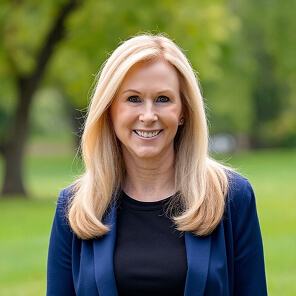
Senior Living

Heritage Communities
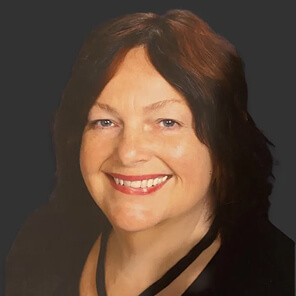
Innovation Senior Living
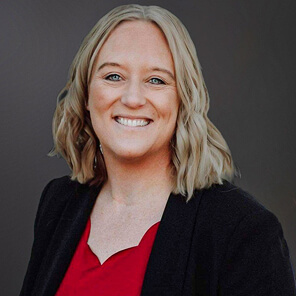
Senior Living

Innovation & Technology Center
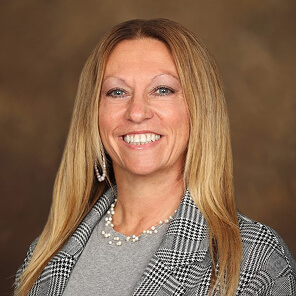
American House Senior Living Communities
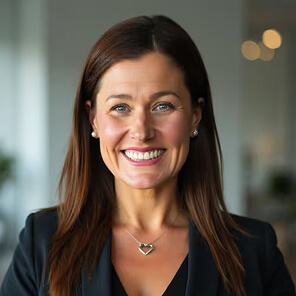
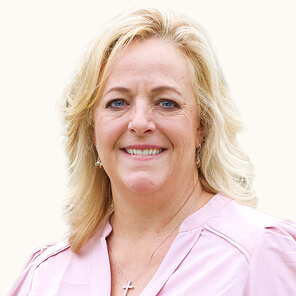
Senior Resource Group
For a deeper dive
For more information about these insights or the survey, please reach out to us.








